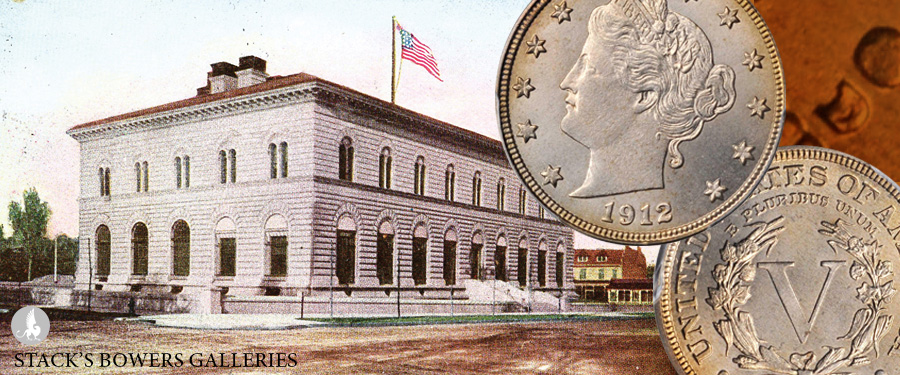
From their introduction in 1866 well past the turn of the 20th century, production of nickel five-cent pieces was confined to the Philadelphia Mint. As the Liberty Head nickel’s era waned, production expanded to the two operating branch mint facilities in San Francisco and, on February 5, 1912, to Denver.
Nickel five-cent pieces were introduced in the wake of the Civil War in an effort to retire smaller-denomination Fractional Currency. Though difficult to strike owing, among other things, to nickel’s hardness, by the 1880s, the Mint was consistently producing nickel five-cent pieces in large numbers, to ostensible public acceptance.
By the early 1910s, demand for base metal subsidiary coinage was straining the Philadelphia facility’s capacity, according to Q. David Bowers’ 2006 Guide Book to Liberty Head Nickels. Mint directors sought to expand the production of base metal subsidiary coins (cents and nickels after the two-cent and nickel three-cent pieces were retired in 1873 and 1889, respectively) and received authorization to do so in 1906. Cents went into production at San Francisco in 1908 and in Denver in 1911. Nickels followed.
On February 5, 1912, the first branch mint nickel five-cent pieces came off the presses in Denver. Production did not start in San Francisco until late December, resulting in a much smaller mintage and one of the Liberty Head nickel series’ key dates.





